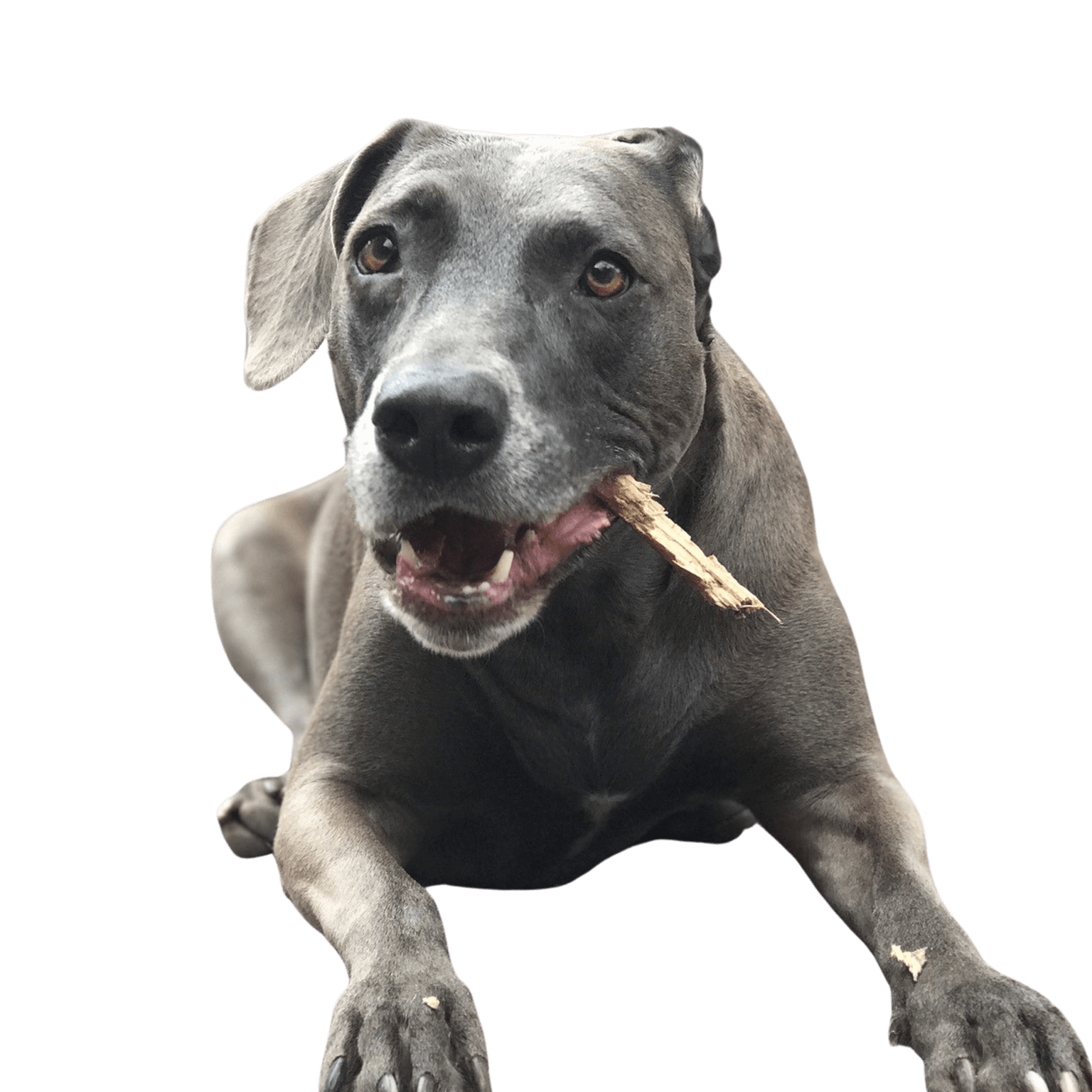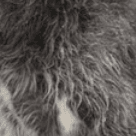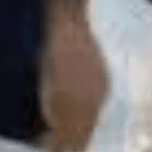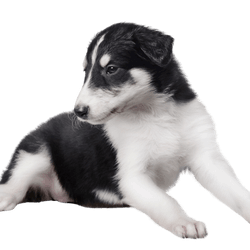
Blue Lacy Breed description: Character & Co
Blue Lacy
Facts & Origin
What is the origin of the Blue Lacy?
The Blue Lacy originated in Burnet County, which is located in the state of Texas in the United States of America. The four brothers Frank, George, Ewin and Harry Lacy moved from Kentucky to Texas in 1858. Since they needed working dogs for their farm that could help them hunt wild boar as well as work with cattle, they decided to create a new breed that would meet their needs. For their breeding, they first crossed English Shepherds with Greyhounds and then added running dogs to the cross. The resulting puppies are considered to be the origin of the new breed, which was named "Blue Lacy" because of its frequent blue coloring and the breeders' last name. In some historical sources there is also talk of additional wolves or coyotes being crossed in, but this is very controversial.




| Alternate Name | Texas Blue Lacy |
| Origin | USA |
| Life expectancy | 10 - 12 years |
| Care requirements | low-maintenance |
| Activity level | high |
| FCI group | not recognised |
| AKC group | not recognised |
| KC group | not recognised |
Attitude, character and temperament of the breed
What are the typical characteristics of the Blue Lacy?
Originally, the Blue Lacy was bred to help its owners hunt wild boar. In particular, he is used for driving cattle and herding livestock. When hunting, he is generally a silent companion, only making a sound after placing the game. Blue Lacy are highly energetic animals that need a high amount of exercise every day, but also mental stimulation. Often even extended walks are not enough to satisfy the active dog's need for exercise. Blue Lacy are great for dog sports like agility or flyball. The self-confident, courageous dogs need an experienced owner who treats them with confidence and consistency. Provided a clear line is followed in training and commands are given quietly but strictly, the pretty four-legged friend is easy to train. If the intelligent dog is used to its full capacity, it can be kept as a family dog. He basically gets along with children, as long as he is used to them from an early age. However, due to his uncontrollable temperament, he should never be left to play with the little ones unsupervised.
Character
Usage

Health and breeding information
What are typical diseases of the Blue Lacy?
The Blue Lacy is prone to skin diseases.
Breeding of the Blue Lacy
The Blue Lacy is still mainly bred in the United States. Most breeders give their animals exclusively to hunting or ranch houses. Therefore it is very difficult to get a Blue Lacy in Germany.


What are the breed characteristics of the Blue Lacy?
The Blue Lacy is an American dog breed that is not recognized by the FCI. However, in 2005, the Blue Lacy was recognized as the official "State Dog" of Texas by resolution of the Texas House of Representatives. The medium-sized dog is powerfully built, yet exudes lightness. Overall, the build is rather square, with a straight back. Medium-length, thin ears hang down from the strong head. The tail reaches approximately to the hock and is carried high. The round eyes are yellow to dark brown. Typical for the Blue Lacy is the so-called dilute gene, which all animals of the breed carry. In the dominant form it leads to the special blue coloring and generally to a lightening of the coat colors of the intelligent dog. The dog is often set similar with Weimaraner or even with the Labrador Retriever in silver, although this would only be visually permissible as a comparison.
Appearance and coat
The coat of the Blue Lacy is smooth and short, lying close to the body. The following colors occur:
- blue
- grey
- silver
- red
How tall can this dog become?
The height at the withers for males and females is 46 to 53 centimeters.
How much does a Blue Lacy weigh?
Males weigh 16 to 23 kilos, bitches are slightly lighter at 13 to 23 kilos.
How old does he become?
The life expectancy is between 10 and 12 years.
| Fur length | short |
| Fur | flat coated |
| Ear shape | Floppy Ear |
| Tail | lang |
| Anatomy | rugged |
| Size ♀ | 46 - 53 cm |
| Weight ♀ | 13 - 23 kg |
| Size ♂ | 46 - 53 cm |
| Weight ♂ | 13 - 23 kg |
| Suitable For | - |
Colors





Known Diseases
Skin inflammations
Can be hereditary in certain breeds.
Other large dogs
Useful Articles
You can find articles that might interest you in the dogbible blog to match your favorite breed.
Visit our magazineto stay up to date on dog trends.
To find out more, view our Privacy Policy
Find here the breed that suits you and find out what character traits it has. Here you can also learn more about the origin, size and weight of your favorite breeds.
Matching your favorite breed, you'll find articles that might interest you on the dogbible dog blog.
Travelling with a dog in a Camper - this is what you have to bear in mind!
5 tips for hiking with your dog in Tyrol
How do you get the dog used to wearing a mask because of Corona?






















